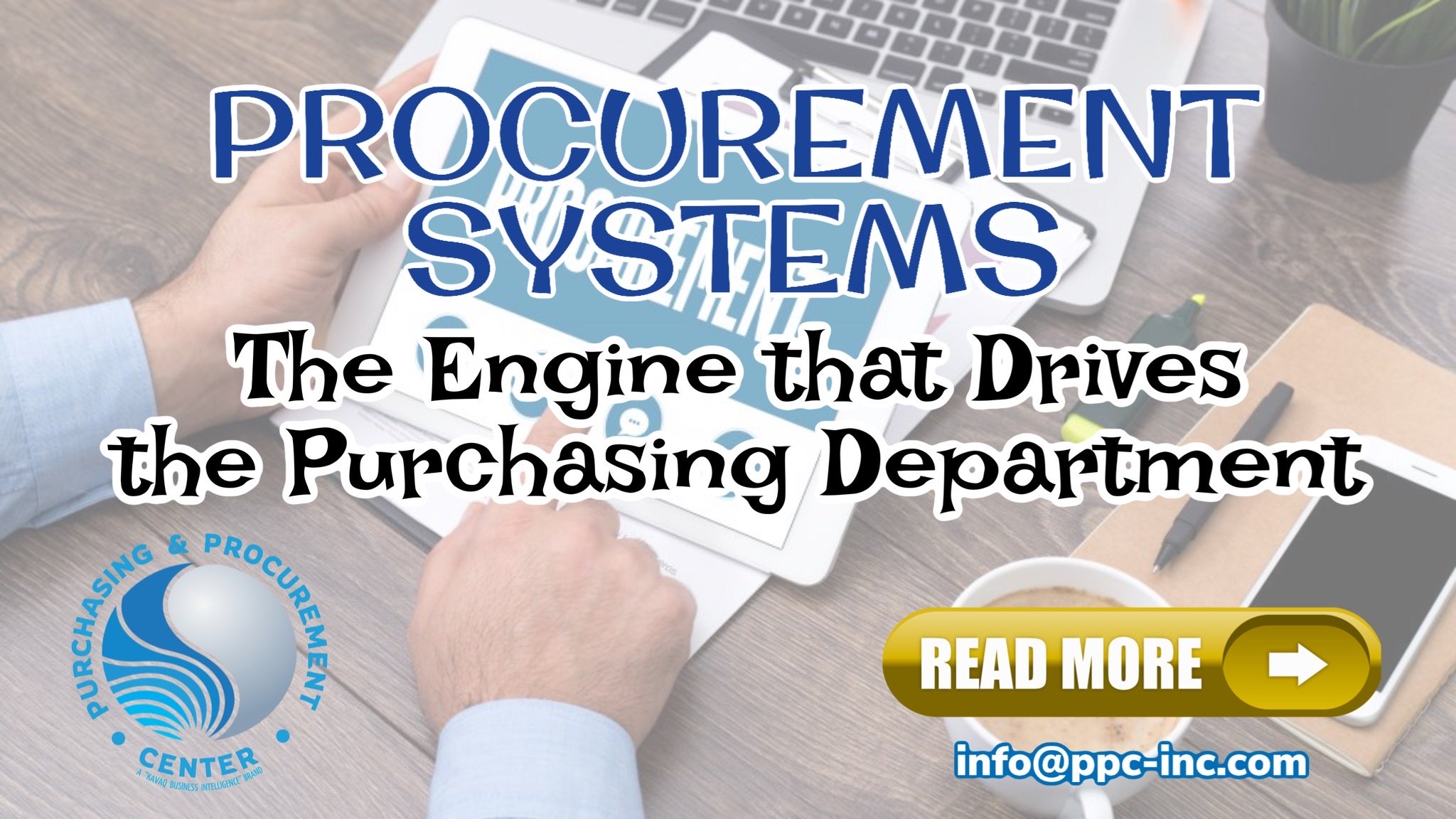
PROCUREMENT SYSTEMS:
The Engine That Drives The Purchasing Department
As purchasing departments have become larger and more complex, most businesses have installed computerised procurement systems. These procurement systems provide efficient and extensive cost savings and other business benefits by automating many of the purchasing processes.
These would include:
Core Processes
These include processing purchase orders, purchase requisitions, goods received and invoicing.
Supplier Information
This typically includes maintaining supplier information, contracts and catalogues.
Buying
Buying manages the end-to-end procurement process between the company and its suppliers. This includes ordering goods, ad hoc activities, advanced planning, scheduling, and group buying.
Tendering
Larger companies that put work out to tender will benefit for having these processes automated.
Invoicing and Payment
This module manages payments, receipts, authorisation and matching. The module usually interacts with the accounting systems.
Connectivity
Many companies now use e-procurements so that their companies purchasing systems are seamlessly connected with their supplier’s systems. Obviously, this must be secure.
Workflow
There will be a workflow engine with checks and red flags to ensure that the procurement systems work seamlessly within the company.
MIS
All companies need detailed information to manage their bottom line. Most modules allow for full analysis and monitoring around Best Practices.
Whilst the above may be the fundamental structure of procurement systems there are three different categories each being more complex.
The simplest category is for the company that wishes to improve transactions and management information. This system is suitable for the company, which has multiple transactions but does not necessarily need its inventory heavily managed.
The asset managing category includes inventory management and product availability systems. Companies that need to schedule their stock availability or hold an optimum stock level will need this kind of procurement systems.
The full procurement managing category deal with the entire procurement process including Just In Time (JIT) product ordering when inventory runs low, tendering and management of supplier contracts.
Just In Time (JIT) is thought to have come from Japanese companies in the 1990’s and is now a widely adopted process used by many large Western companies. JIT works by the company setting up a framework agreement with a number of key suppliers. Orders are then automatically instigated when stocks reach a preset level.
Procurement systems are usually fully integrated with the company’s accounting software; in fact, most Enterprise resource planning (ERP) packages include a purchasing system.
An ERP is an integrated computer system used to manage a company’s internal and external resources. This ensures that all purchasing activity can be managed and tracked throughout the entire company.
Return from Procurement Systems to Purchasing Management
Return from Procurement Systems to Purchasing Procurement Center Homepage
